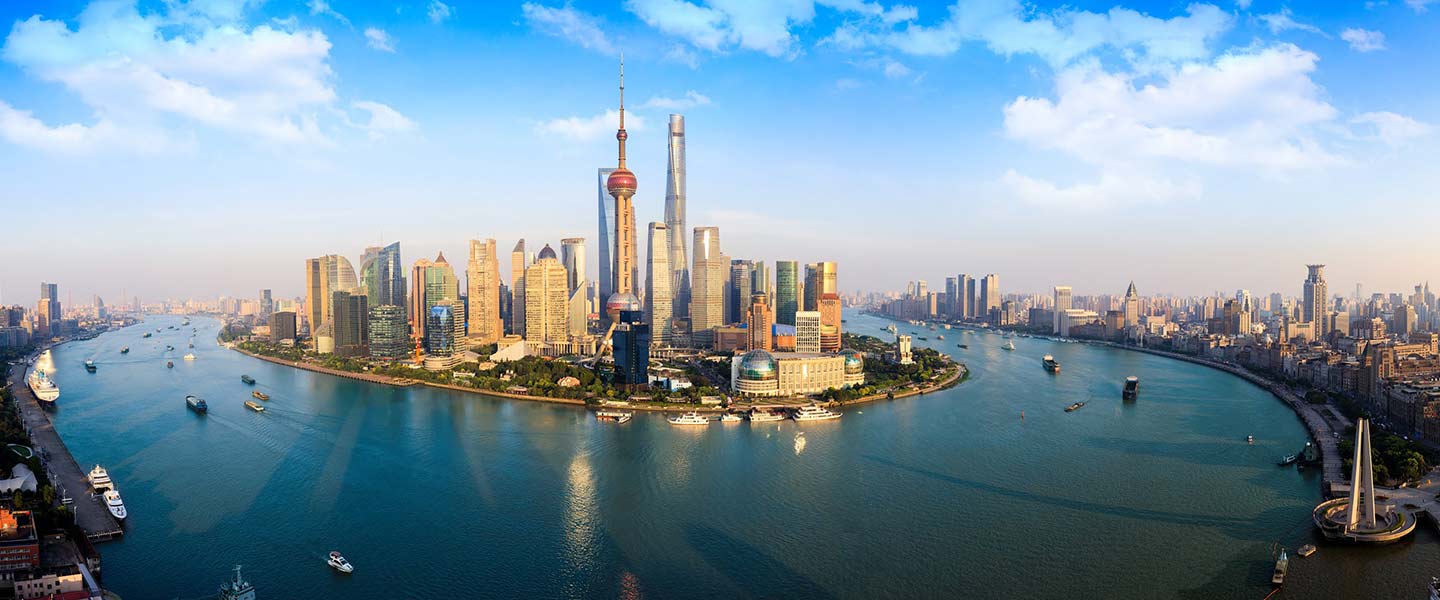Looking for growth? Emerging Asia is the present and future


A recent article in the Financial Times questions the attractiveness of investing in emerging markets, citing their poor growth performance. The key message was that excluding India and China, EM-30 countries have seen slower per-capita GDP growth on average than advanced economies since 2015, and they face rising risks from a trade slowdown and high leverage.
This tailored story exists because, over this period, GDP has been weak across many well-known emerging economies including Argentina, Brazil, Mexico, South Africa and Nigeria. But this story does not hold up for Eastern Europe, the rest of sub-Saharan Africa and emerging Asia (even excluding India and China).
If investors want exposure to global growth, they need to invest in companies that are doing business in emerging Asia. Emerging Asia has the strongest fundamentals of all emerging market regions and is too important a part of global growth for investors to ignore.
We break down our view into three parts: first, even beyond India and China, emerging Asia dominates global growth to a degree unseen in our lifetimes; second, it is a domestically driven story, not a high-beta play on the West; and third, developed-economy investors need to look elsewhere for returns in a world of sinking yields and growth rates at home.
First, emerging Asia accounts for two-thirds of global growth currently. The world’s middle class is at a tipping point – by 2020, a majority of the world population will be classified as middle class or above, according to the Brookings Institute. Asia will lead the increase in middle-class populations, as those in the West stagnate. The domestic consumption story is compelling. We forecast global growth at 3.4%. Without emerging Asia’s contribution, it would be closer to 1.1%, the weakest performance in decades (with the exception of 2009).
Even excluding China and India, emerging Asia’s contribution to world growth today already exceeds that of the US and is three times the size of the euro area.
Second, while growth in advanced economies has disappointed in the past decade (in 2010, we optimistically forecast trend growth of 2.5% in the US and EU out to 2030), Asia’s growth has met even our high expectations. The consensus view has shifted since 10 years ago, when most of emerging Asia was seen as a high-beta play on growth in the West given its openness to international trade.
The region’s outperformance reflects its reduced growth dependence on Western economies and its boost to domestic demand instead. China-ASEAN has been one of the world’s fastest-growing trade corridors. Asia’s rising middle class will offer a growing pool of consumer demand to counter the weakening trend in the West for many years to come. A growing middle class will also mean greater south-south or intra-EM trade.
Third, in a world of stagnating growth, the contrast with emerging Asia stands out. We expect selected Asian economies to grow by at least 7% in the coming years – roughly the pace at which an economy can double in size every decade. The region’s likely ‘7% club’ members in the 2020s include India, Bangladesh, Vietnam and the Philippines.
In 2019, China surpassed Japan to become the world’s second-largest capital market. Today, a quarter of the world’s fixed income universe is negative yielding. The push and pull factors exist to attract more investors to emerging Asia. Why would investors walk away from the most dynamic economies in the next few decades?
There are risks to the growth outlook, however.
Ageing populations in advanced economies and some Asian economies will increasingly weigh on global growth. However, the growing global middle class is likely to at least partically offset this demographic drag.
Countries in South Asia still enjoy a demographic dividend. For them, the threat from rising anti-globalisation sentiment and the increase in factory automation are key concerns. However, the world is turning more services-oriented, with the services sector now accounting for around 65% of total world GDP – and countries that focus on upgrading skills will have an edge. Malaysia, the Philippines and Indonesia are doing well on skills indicators, while India, Thailand and countries need to focus more on this.
Productivity growth will be a key differentiator across economies, and it is directly linked to reform momentum. Countries such as the Philippines, Indonesia, Bangladesh and India have seen a pick-up in the pace of reforms and productivity growth, while Sri Lanka will have to do more on both fronts.
In the short run, global liquidity conditions are set to ease. The growing dovish wave among major central banks will likely start to weigh on the USD. A renewed hunt for yield by investors will favour emerging markets that offer the right mix of reforms and productivity growth. Emerging Asia has the strongest fundamentals of all emerging-market regions and dominates world growth. Investors cannot ignore it.